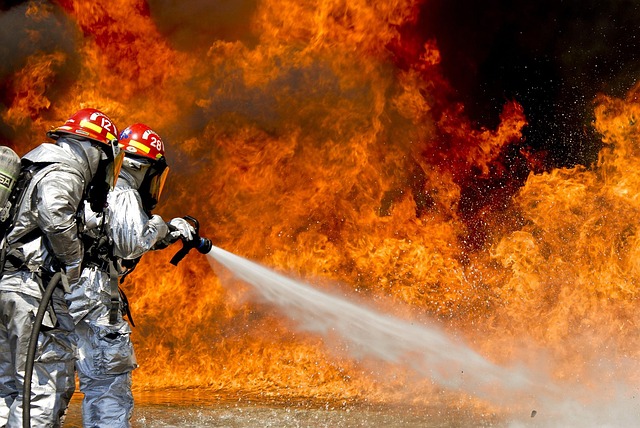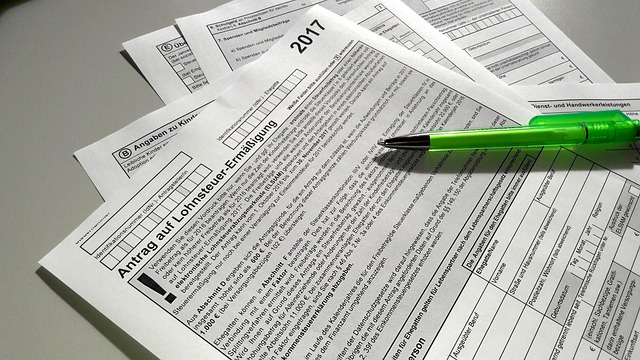
Coshh Regulations Require An Employer to
Introduction
The Control of Substances Hazardous to Health (COSHH) Regulations 2002, as amended, establish a framework for managing the risks associated with hazardous substances in the workplace. These regulations are crucial for ensuring the health and safety of employees and others who may be affected by workplace activities. Employers have specific legal obligations under COSHH to protect their workforce from the potential dangers posed by hazardous substances.
Understanding COSHH Regulations
COSHH regulations require employers to assess the risks that arise from the use of hazardous substances. This includes substances that are used, produced, or released during work activities. Employers must implement appropriate control measures to minimize exposure and ensure that employees are adequately informed and trained regarding the risks associated with these substances.
Employer Responsibilities Under COSHH
Employers have several key responsibilities under COSHH, which can be summarized as follows:
- Risk Assessment: Employers must conduct a thorough risk assessment to identify hazardous substances present in the workplace. This assessment should evaluate the potential for exposure and the associated health risks.
- Control Measures: Based on the risk assessment, employers are required to implement control measures to prevent or adequately control exposure to hazardous substances. This may include engineering controls, administrative controls, and personal protective equipment (PPE).
- Information and Training: Employers must provide employees with suitable and sufficient information, instruction, and training regarding the hazardous substances they may encounter. This includes understanding the risks, safe handling procedures, and the use of control measures.
- Health Surveillance: In certain situations, employers are required to implement health surveillance programs to monitor the health of employees who may be exposed to hazardous substances. This is essential for early detection of any adverse health effects.
- Emergency Procedures: Employers must establish and communicate emergency procedures in the event of an incident involving hazardous substances. This includes spill response, evacuation plans, and first aid measures.
Employee Responsibilities Under COSHH
While employers bear the primary responsibility for compliance with COSHH, employees also have important duties. Employees are required to:
- Follow Training: Employees must adhere to the training and instructions provided by their employer regarding the safe handling of hazardous substances.
- Use Control Measures: Employees are responsible for using the control measures provided, such as PPE, and reporting any defects or issues to their employer.
- Report Hazards: Employees should report any concerns regarding hazardous substances or potential exposure to their employer promptly.
Conclusion
Compliance with COSHH regulations is essential for maintaining a safe and healthy workplace. Employers must take proactive steps to assess risks, implement control measures, and provide necessary training to their employees. By fulfilling these responsibilities, employers not only comply with legal requirements but also foster a culture of safety and well-being within their organization.
















 Unlocking the Secrets of USPTO TESS
Unlocking the Secrets of USPTO TESS 
 Health
Health  Fitness
Fitness  Lifestyle
Lifestyle  Tech
Tech  Travel
Travel  Food
Food  Education
Education  Parenting
Parenting  Career & Work
Career & Work  Hobbies
Hobbies  Wellness
Wellness  Beauty
Beauty  Cars
Cars  Art
Art  Science
Science  Culture
Culture  Books
Books  Music
Music  Movies
Movies  Gaming
Gaming  Sports
Sports  Nature
Nature  Home & Garden
Home & Garden  Business & Finance
Business & Finance  Relationships
Relationships  Pets
Pets  Shopping
Shopping  Mindset & Inspiration
Mindset & Inspiration  Environment
Environment  Gadgets
Gadgets  Politics
Politics 